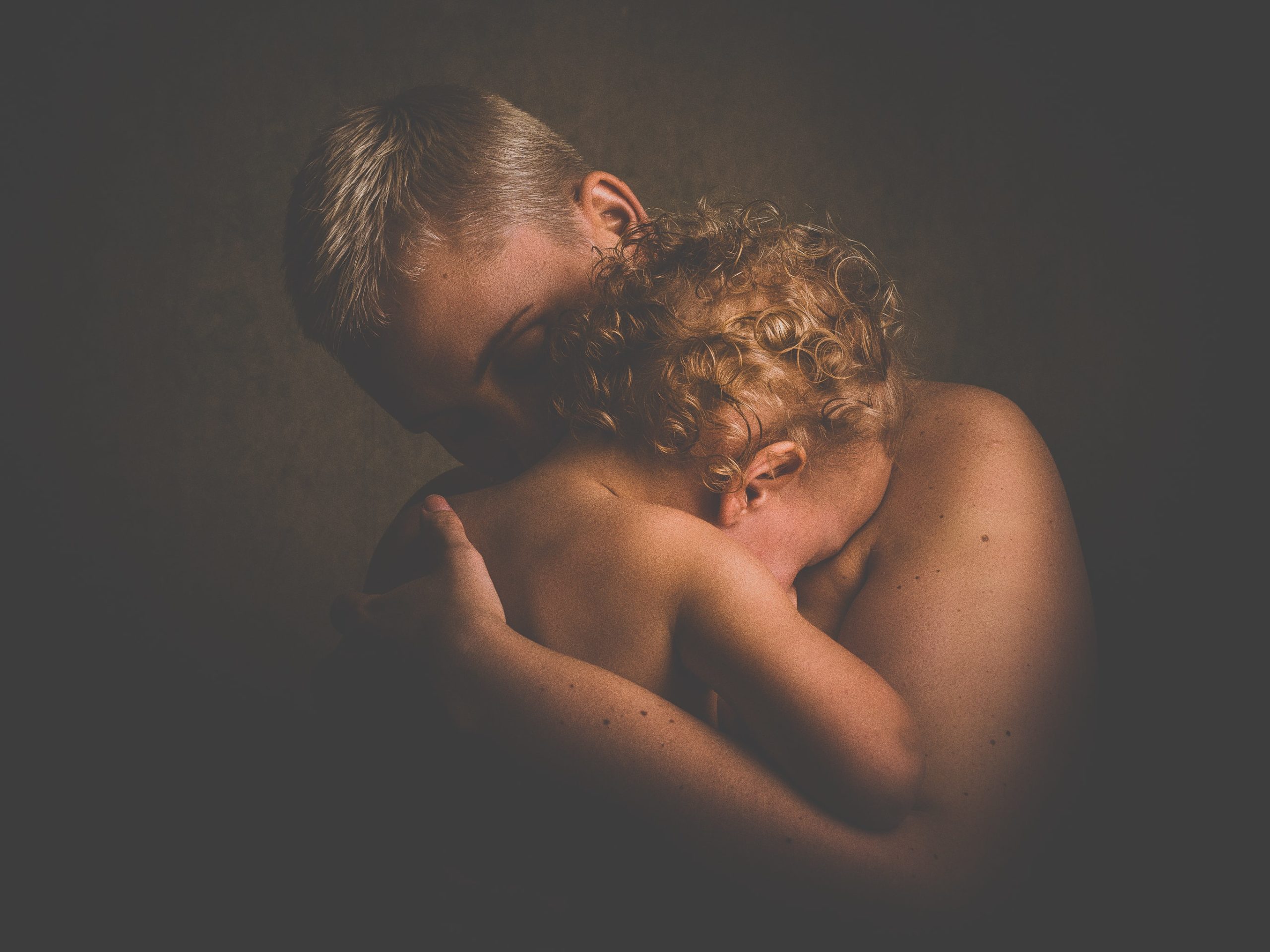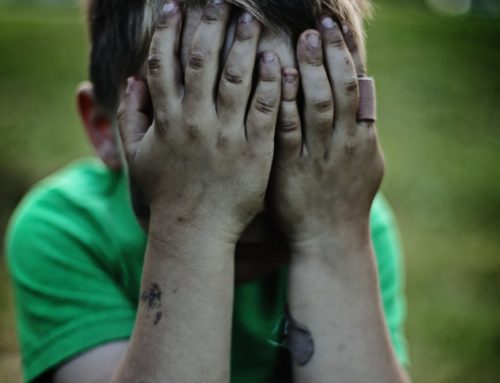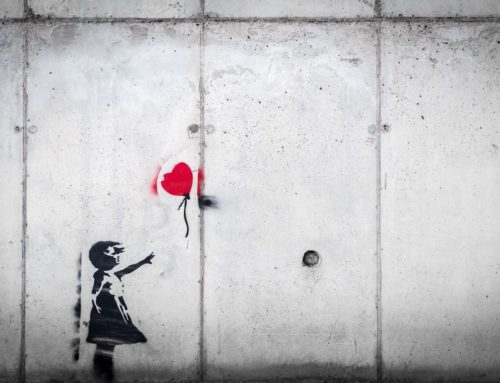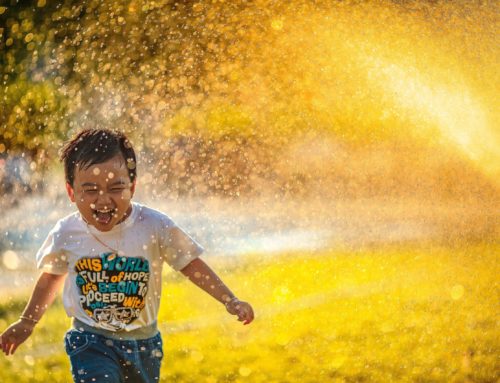Tantrums!
If you are reading this, you have had that moment where your child is on the floor screaming, crying, and you feel helpless. They come in all shapes and sizes, sometimes you see them coming and sometimes you don’t. They can involve explosions of anger, frustration and disorganized behavior like flailing arms and throwing themselves on the ground. For parents, it’s not just uncomfortable, but it hurts us to watch our children struggle. You might see crying, screaming, tight fist, kicking, or even running away. In some cases, children hold their breath, vomit, break things or get aggressive towards others as part of a tantrum.
Tantrums are normal and common in children aged 1-4 years. Children’s social and emotional skills are just starting to develop at this age and they don’t have the words to express what we call “big feelings.” They don’t know feeling vocabulary words like “frustrated or irritated” and haven’t developed any solid coping skills, so they become overwhelmed and the result is a tantrum.
What causes such strong reactions? For both toddlers and older children, there are things that can make tantrums more likely to happen:
3 TRIGGERS TO TANTRUMS:
External Stressors.
Hunger, tiredness/fatigue, and overstimulation – just like adults, these stressors can make it harder for children to feel balanced and stable. Remember the sleep deprivation from your newborn? How difficult was it to function and deal with spilt milk without sleep?
Situations.
Notice the ones where your child just can’t cope– for example, a toddler might have trouble coping if an older child takes a toy away, they aren’t able to think long term that they will have the toy back, they only feel that “it is gone!”
Big Feelings.
Worry, fear, shame and anger can be overwhelming for children. Sometimes we cannot control situations that cause these emotions, but we can always help them cope and support them through the process. It is important to note that these feelings are not “wrong,” but they can just be a lot for them to handle.
In treatment we work on building self-regulation – this is the ability to understand and manage our own behavior and reactions. On average, children start developing self regulation from around 12 months old (remember this is an average STARTING age). As your child gets older and has more practice, support, and guidance with “big feelings” they’ll be more able to regulate reactions and behaviors when something upsetting happens leading to fewer tantrums.
5 TIPS TO REDUCE TANTRUMS
Reduce Stressors.
Tired, hungry, and overstimulated children are more likely to experience tantrums. Ensure your child is getting needed sleep, snacks/nutrition, and reduce “visual noise.” This can be bright colors, intense lights, too many people, and loud noises, all happening at once in the environment that can cause overstimulation.
Tune In.
If you’re aware of your child’s feelings, triggers, and routine, then you might be able to sense when big feelings are on the way. You can talk with them about what is happening, summarize their feelings, help them find words that fit the emotion, and offer a distraction or healthy behavior to cope.
Identify Triggers.
If you notice your child might have tantrums when you are grocery shopping, you might be able to plan for this situation or change the environment to avoid tantrums. For example, it might help to go shopping after your child has had a nap and a snack. Or give them a book to look at as you shop.
Talk About Emotions.
This is ongoing throughout childhood. When your child struggles with a strong feeling, encourage your child to name the feeling and what caused it. For example, “Did you throw your toy because you were frustrated that it wasn’t working?” “What else could you have done?” Next, give examples like, “ask mommy for help.” For younger children, we recommend a visual feelings chart to help them pick out what feeling “fits” since they are still learning the vocabulary.
Modeling.
What do you do when you are angry or sad? Modeling and showing your child a healthy way to work with anger and frustration educates them. If you drop a cup of water, say “oopsie! I’m going to get a towel and clean it up, will you help me?”
Now the fun part!
Praise the behaviors you want to see! When your child behaves well, reward them! But not necessarily by giving a piece of candy every time they do well. Confidence building in the positive behavior can be a high five, extra good gets a high ten! Use lots of enthusiastic praise or even a sticker chart. If your child names a strong emotions like “angry,” and they de-escalate before a tantrum starts..show a happy emotion on your face, smile, give them a high five and say, “that’s better buddy! I’m so proud of you, I love it when we can talk.”
In addition to all of the tips above, you may add consequences. For preschoolers and school-aged students (ages 4-8), kids are better able to understand cause and effect. It is notable that if you child has any other special need that there are other/additional approaches that can be used.
If you or a loved one is in need of support, Low Country Counseling offers specialized therapy for Individuals, Moms, Couples, Families, Children, and Teens. Contact us for any questions you need answered or to schedule an appointment. Help is available. You are not alone!
Hope Starts HERE.






